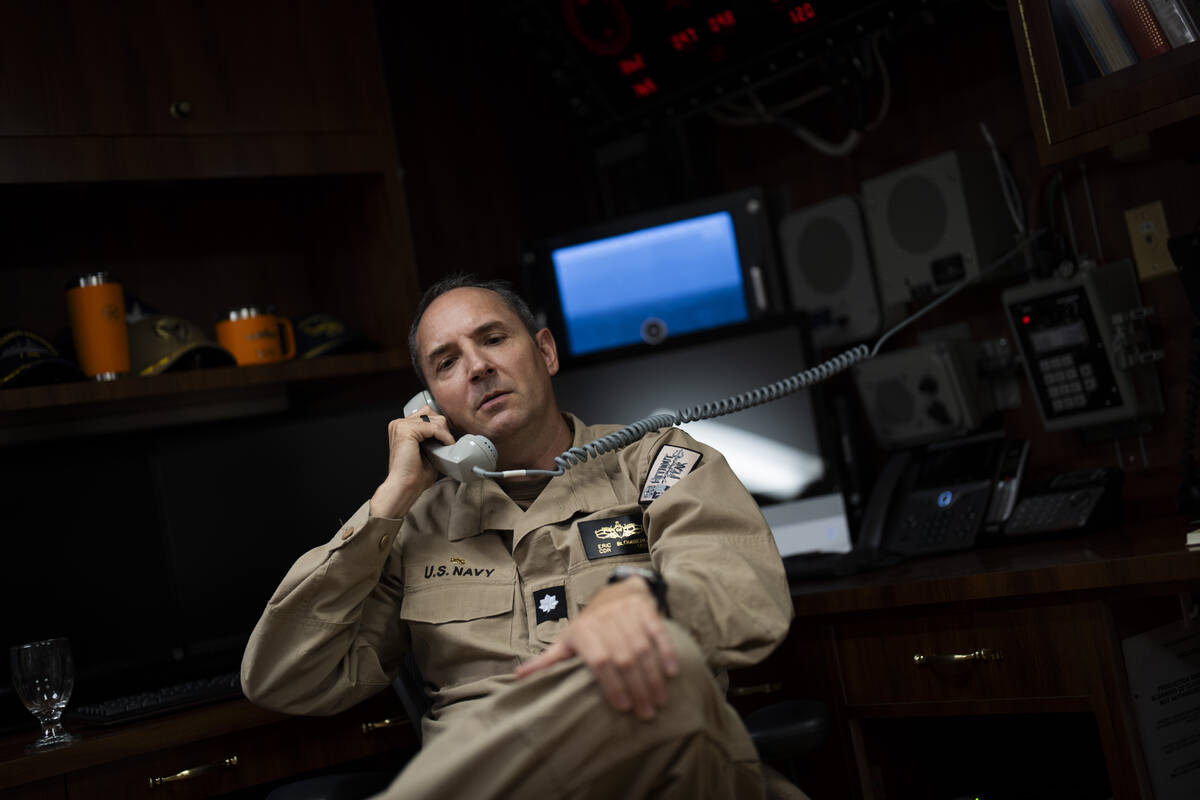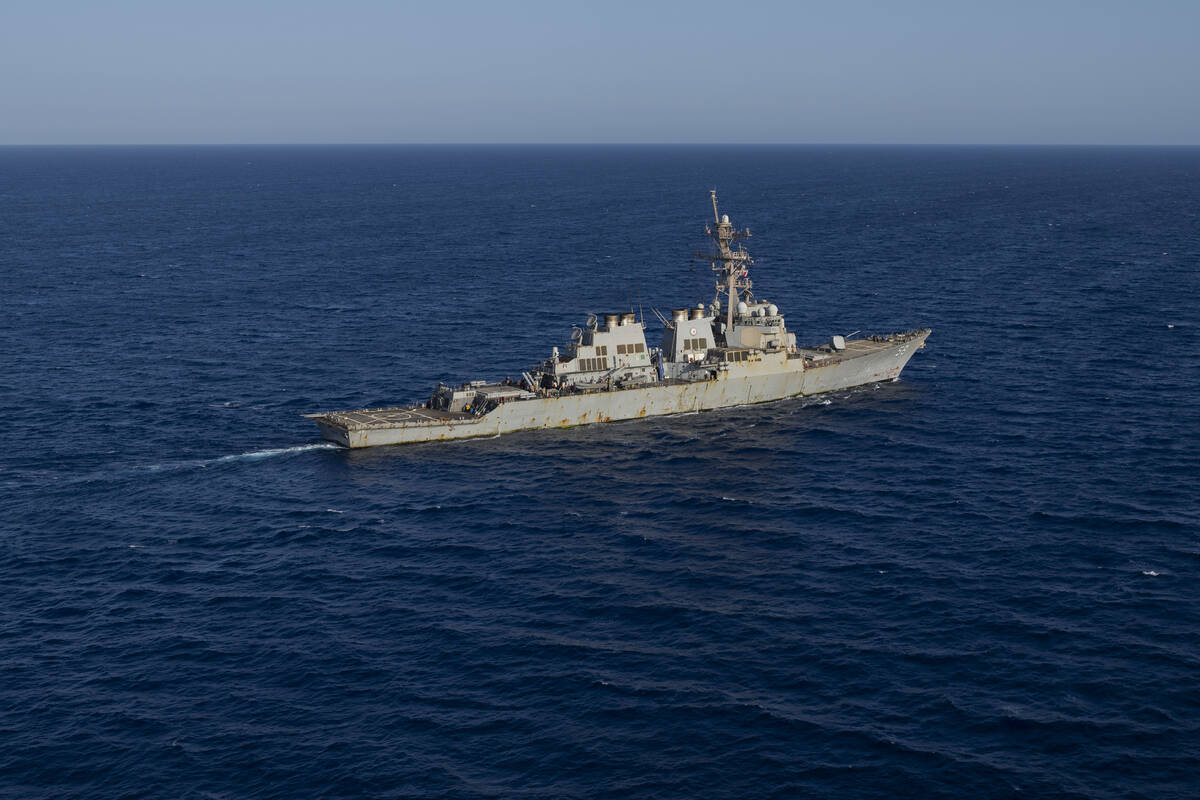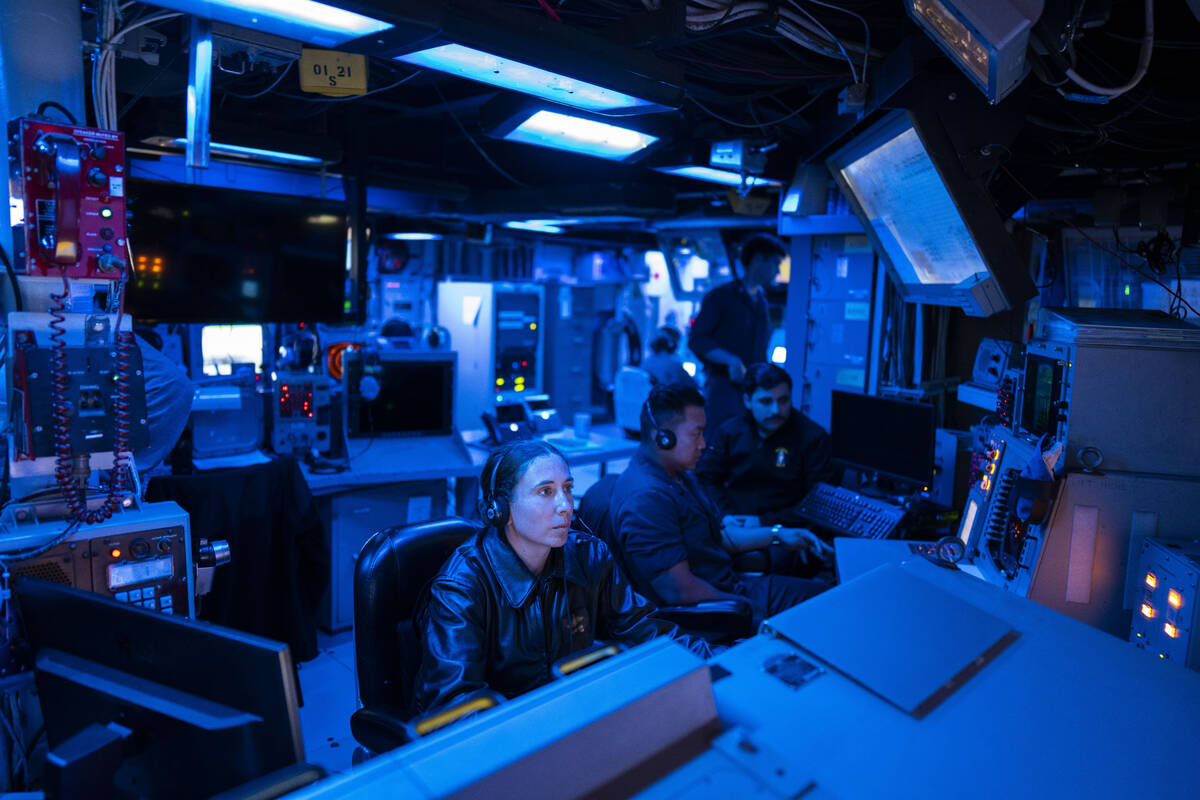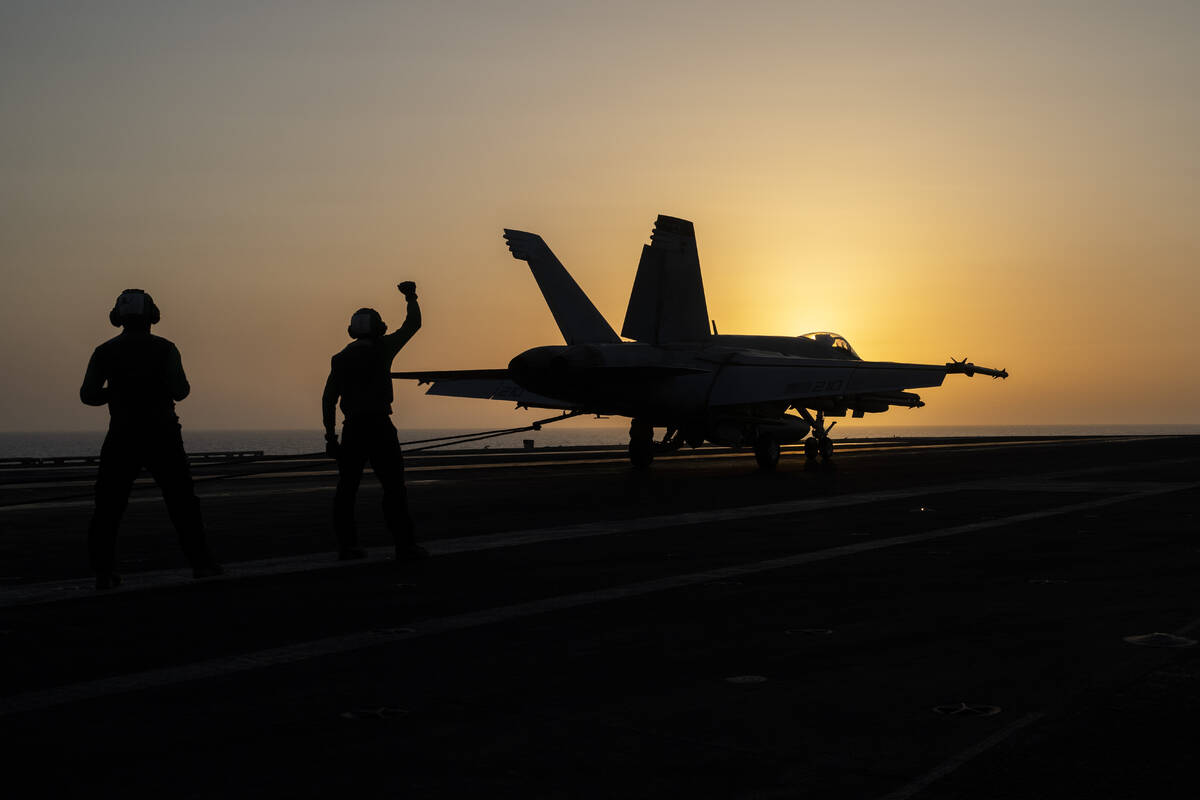US Navy faces its most intense combat since World War II
ABOARD THE USS LABOON IN THE RED SEA — The U.S. Navy prepared for decades to potentially fight the Soviet Union, then later Russia and China, on the world’s waterways. But instead of a global power, the Navy finds itself locked in combat with a shadowy, Iran-backed terrorist group based in Yemen.
The U.S.-led campaign against the Houthi terrorists, overshadowed by the Israel-Hamas war in the Gaza Strip, has turned into the most intense running sea battle the Navy has faced since World War II, its leaders and experts told The Associated Press.
The combat pits the Navy’s mission to keep international waterways open against a group whose former arsenal of assault rifles and pickup trucks has grown into a seemingly inexhaustible supply of drones, missiles and other weaponry.
Near-daily attacks by the Houthis since November have seen more than 50 vessels clearly targeted, while shipping volume has dropped in the vital Red Sea corridor that leads to the Suez Canal and into the Mediterranean.
The Houthis say the attacks are aimed at stopping the war in Gaza and supporting the Palestinians, though it comes as they try to strengthen their position in Yemen. All signs suggest the warfare will intensify — putting U.S. sailors, their allies and commercial vessels at more risk.
“I don’t think people really understand just kind of how deadly serious it is what we’re doing and how under threat the ships continue to be,” Cmdr. Eric Blomberg with the USS Laboon told the AP on a visit to his warship on the Red Sea.
“We only have to get it wrong once,” he said. “The Houthis just have to get one through.”
The pace of the fire can be seen on the Arleigh Burke-class destroyer, where the paint around the hatches of its missile pods has been burned away from repeated launches. Its sailors sometimes have seconds to confirm a launch by the Houthis, confer with other ships and open fire on an incoming missile barrage that can move near or beyond the speed of sound.
“It is every single day, every single watch, and some of our ships have been out here for seven-plus months doing that,” said Capt. David Wroe, the commodore overseeing the guided missile destroyers.
One round of fire on Jan. 9 saw the Laboon, other vessels and F/A-18s from the aircraft carrier USS Dwight D. Eisenhower shoot down 18 drones, two anti-ship cruise missiles and a ballistic missile launched by the Houthis.
Nearly every day — aside from a slowdown during the holy Muslim fasting month of Ramadan — the Houthis launch missiles, drones or some other type of attack in the Red Sea, the Gulf of Aden and the narrow Bab el-Mandeb Strait that connects the waterways and separates Africa from the Arabian Peninsula.
Asked if the Navy believed Iran picks targets for the Houthis, Rear Adm. Marc Miguez, the Navy’s commander for its Carrier Strike Group Two, would only say there was “collaboration” between Tehran and the terrorists. He also noted Iran continues to arm the Houthis, despite U.N. sanctions blocking weapons transfers to them.
Iran has long vowed to destroy Israel.
Meanwhile, the Houthi attacks continue to depress shipping through the region. Revenue for Egypt from the Suez Canal — a key source of hard currency for its struggling economy — has halved since the attacks began. AP journalists saw a single commercial ship moving through the once-busy waterway.
“It’s almost a ghost town,” Blomberg acknowledged.





















